10 common rose problems and how to avoid them in your garden
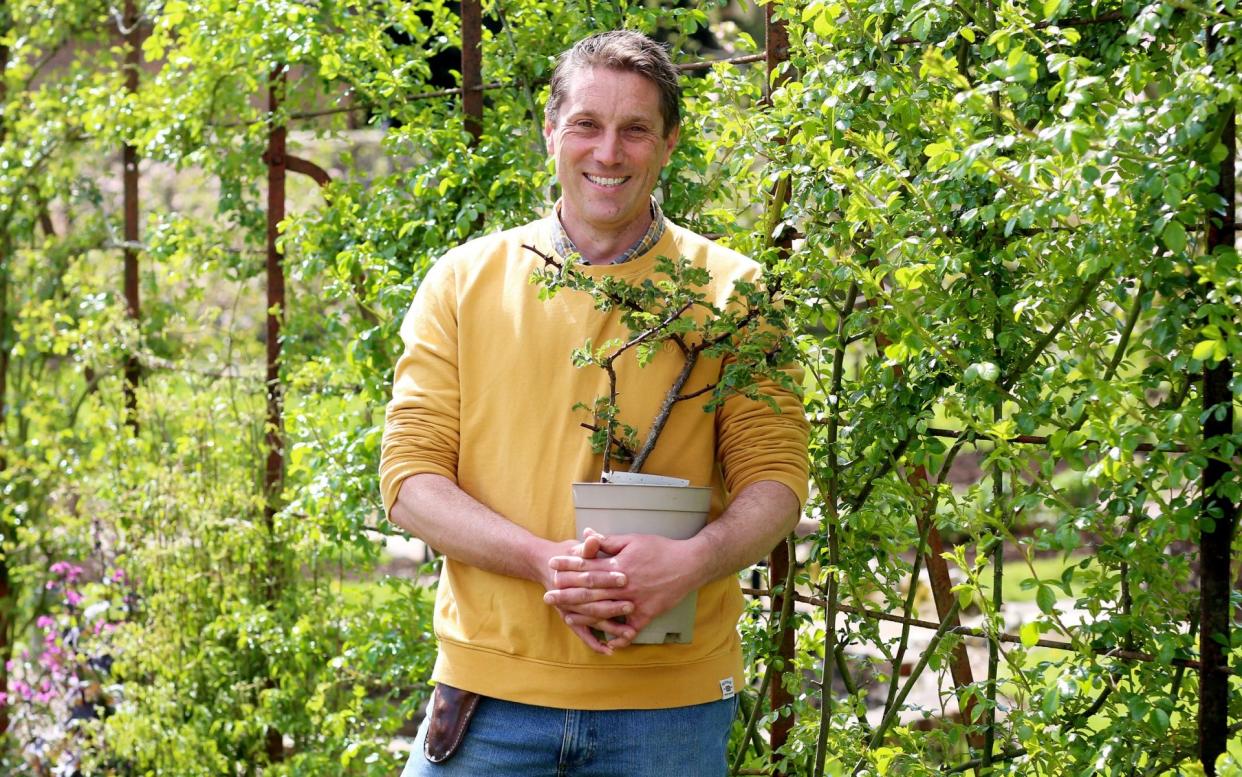
Roses are considered to be Britain’s favourite flowers. Part of their appeal is the romanticised, evocative feeling of a warm summer’s evening in a English garden, surrounded by the heady scent of blooms. The reality of how some of our roses perform in the garden, however, can bring us crashing back down to earth. It can make us question what we might have done wrong, particularly if we are dealing with one or two troublesome disorders, diseases or pests.
As with many common gardening problems, the key is in prevention, rather than trying to find a silver bullet or a chemical-based cure. Roses are hungry and thirsty plants, so by giving them a little of what they need and selecting the right rose for your garden, there’s no reason why we can’t all enjoy a little rose-based fantasy.
Here are 10 of the most common rose issues, and how to avoid them in your garden.
Skip to videos of how to plant roses
Aphids
One of the most common, colourful and prevalent rose pests in our gardens, these insects are likely to congregate on the soft, young growth. They will feed on sap and cause a reduction in vigour, as well as transmitting viruses.
Symptoms
Growth may become distorted and weak, with some flower buds failing to open. A sugary substance, known as honeydew, can be exuded by aphids, leading to a secondary infection of sooty mould.
Solutions and preventions
Aphids are preyed upon by several other insects and birds, forming part of a wider ecosystem. Early infestations can soon be reduced when predators such as ladybirds emerge a little later. SB Plant Invigorator can be applied, which stimulates growth, controlling aphid numbers if applied regularly, and as prevention from first signs of growth. To help keep aphid numbers under control, encourage predators – for example, by installing a bird box close to your roses.
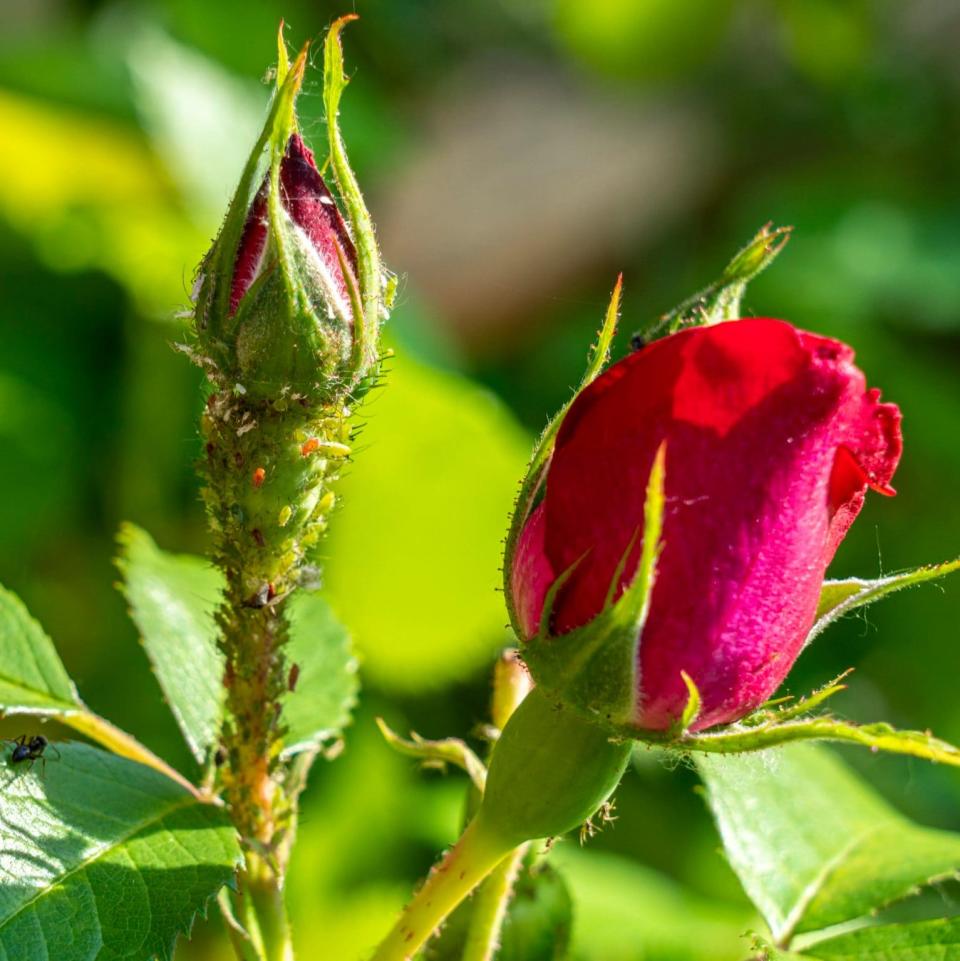
Black spot
Black spots appear on the surface of leaves, which then turn yellow. This fungal disease, which is particularly associated with stress, often appears in summer. In more extreme cases, it results in dieback and severe defoliation.
Symptoms
Purple or black spots appear on the leaves, causing a lack of vigour and premature leaf drop.
Solutions and preventions
Collect affected leaves and do not add to your compost heap: either burn them or add them to your household waste. Hybrid teas, floribunda and patio roses can be more susceptible. To avoid this disease, plant disease-resistant, modern varieties or more robust species roses.
Powdery mildew
White, powdery fungal growth colonises on the leaf surface. This is one of the most widespread diseases that affects roses, often occurring during summer and at times of water stress.
Symptoms
Distortion and yellowing of leaves. Young shoots and tips are most likely to show symptoms, and vigour will be reduced in some cases.
Solutions and preventions
Remove any infected leaves and put them into your bin for landfill – do not compost. Keep plants hydrated during the summer and allow them plenty of air circulation by not planting them too densely.
Dieback
Shoots begin to wither and progressively deteriorate from the shoot tip down the stem. Although this is not a specific disease, several factors such as frost damage, waterlogging or a secondary symptom from other diseases cause this disorder.
Symptoms
Wilting and yellowing of leaves, which sometimes spreads to the entire plant.
Solutions and preventions
Cut out infected areas and avoid waterlogging and drought for extended periods of time. Improve cultivation by mulching, feeding and encouraging strong, healthy growth to replace damaged stems.
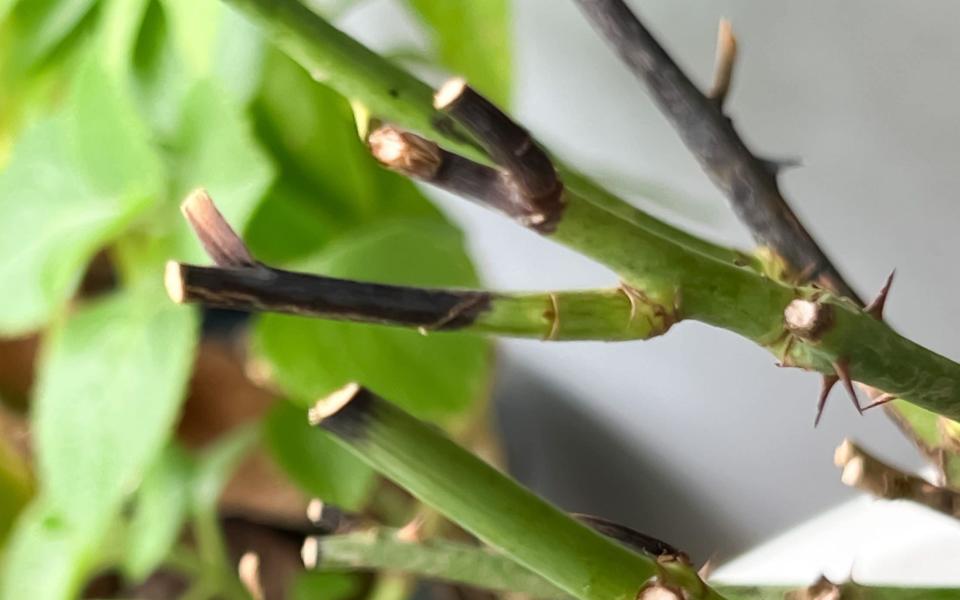
Leaf rolling sawfly
Leaflets within the leaf become rolled, with a green or grey grub inside the tightly rolled foliage. Infection usually occurs during the late spring and early summer.
Symptoms
Foliage becomes pale and ‘sickly looking’, giving the appearance of tube-like structures and then developing distorted leaflets, which often hang lower than the rest of the foliage.
Solutions and preventions
Small-scale infestations can be dealt with by removing the affected foliage. You should either squish the grub inside or place it in your bin. Be careful not to remove lots of foliage as this will detrimentally affect the rose; good husbandry with feeding and watering will help to replace any lost foliage.
Rust
This is not as common as other rose diseases; it appears as orange, fungal spots on the underside of the leaves in summer, and those swellings turn black as they develop.
Symptoms
Rose bushes may become defoliated, and wither as other infections invade the susceptible plant.
Solutions and preventions
Avoid planting too densely and consider some of the modern roses that are bred to be more resistant. If you spot rust, prune out affected areas; any affected leaves and stems should not be composted. Encourage new growth through feeding and watering during the growing season, and if the problem persists, replace with a more robust, less susceptible rose.
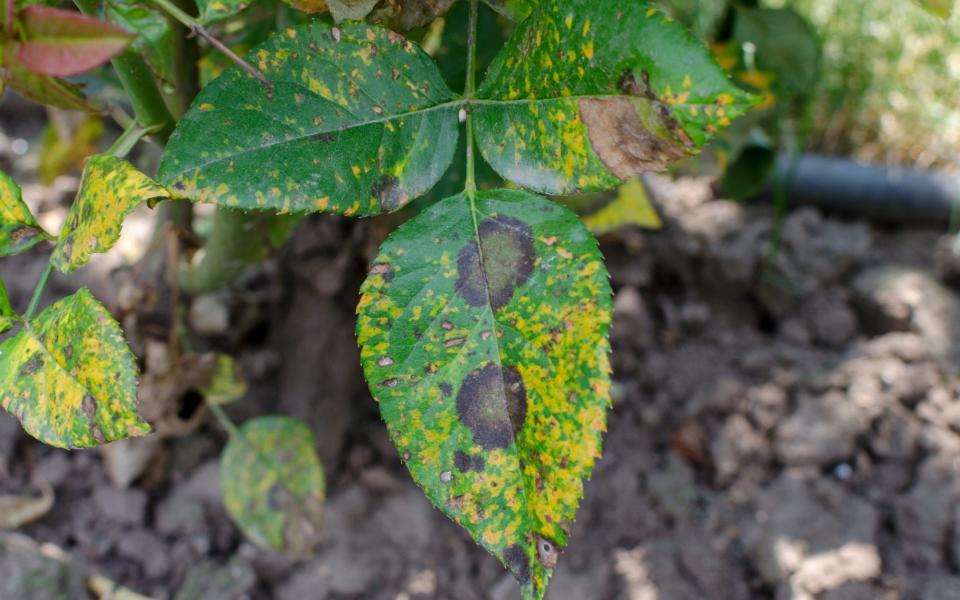
Sooty mould
A black, fungal growth appears on the surface of leaves, often because of a build-up of honeydew which has been secreted by aphids. Roses that grow under trees can be particularly vulnerable.
Symptoms
Although the fungus does not directly affect the rose, the reduction in the plant’s ability to photosynthesise effectively does take its toll. The fungal growth can often be removed by wiping the leaf with warm, soapy water, which demonstrates the fungus’s superficial nature.
Solutions and preventions
Sooty mould is a consequence of insect attack, so the solution should be aimed towards the perpetrator. Regular washing will help to maintain a good amount of photosynthesis, as dealing with insects on the trees above is not always practical.
Replant disease or rose sickness
This manifests itself through lacklustre growth or dieback in newly planted roses, sometimes as a result of their being planted in areas of the garden where roses have grown previously.
Symptoms
Poorly developed shoots and root systems, with a generally underwhelming performance which worsens with age.
Solutions and preventions
Young, affected plants can be relocated to a fresh site, and are often able to recover. If you are planting a rose again in the same area, create a pit of soil that is lined with cardboard, between 50cm and 1m in depth and width. Backfill with fresh soil from another part of the garden that is heavily enriched with well-rotted manure or garden compost, adding a couple of handfuls of rose fertiliser. Replace disease-prone roses with species types or disease-resistant cultivars.
Nutrient deficiency
Roses are hungry plants and can fail to thrive or show signs of insufficient nutrition through poorly developed, discoloured leaves, despite good cultural practices.
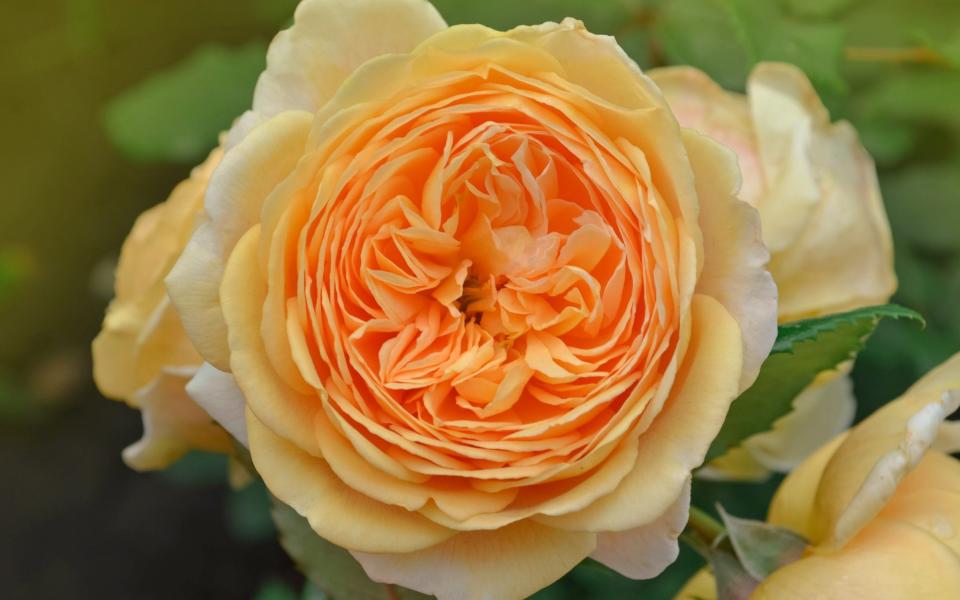
Symptoms
Premature leaf drop, stunted growth and weakened stems can be due to the rose lacking in a major or minor nutrient, resulting in a less than satisfactory performance.
Solutions and preventions
Shortages in nutrients will present in different ways but good husbandry through an annual mulch and application of a rose fertiliser will go a long way to remedying the problem. A rose tonic or general fertiliser applied as a liquid feed will often ease symptoms quickly.
Mosaic virus
Yellow mottling and stunted leaves appear, along with a general distortion of growth.
Symptoms
Stunted growth and a generally below-par performance in foliage and flowers.
Solutions and preventions
Viruses can be spread by sap-sucking aphids and infected garden tools. Keep aphid numbers under control by encouraging predators into your garden, and disinfect secateurs with an antibacterial spray as you move between each rose to prevent transmission.
Species and disease-resistant roses
Hybrid tea, floribunda and patio roses have a special place in our hearts, but they are not the most resilient to pests and diseases. Rather than persevere with these much-loved roses, if it feels as if you’re pushing a large boulder uphill, then perhaps it’s time to grow a more resilient rose. Some modern roses are bred to be more disease resistant and perform with more vigour in challenging conditions. Species roses can be incredibly useful plants in our gardens and not only give a wonderful display with rich hips but tend to ‘get on with it’, requiring a lot less intervention and fuss.
Nurseries where you can buy roses:
David Austin davidaustinroses.co.uk
Trevor White Roses trevorwhiteroses.co.uk
Peter Beale classicroses.co.uk
Harkeness Roses roses.co.uk
Apuldram Roses apuldramroses.co.uk
Products that can help:
NutraRose Micro Fertiliser from Greenacres Direct will give your rose a boost with one application and will last the growing season. Repeat applications every six weeks for poor-performing roses until they turn a corner and their vigour improves.
Sulphur Rose is a wildlife friendly, non-pesticide product which helps to prevent blackspot and mildew, and is widely available online.
Uncle Tom’s Rose Tonic is widely available online and is a concentrated plant food which helps the immunity and performance of roses when applied at the beginning and end of the growing season. Poor-performing roses can be given more doses until vigour improves.
SB Plant Invigorator acts as a plant tonic but helps to control aphid numbers if it is applied every fortnight as a preventative spray. It is widely available online.
How to plant roses
Step 1
Roses have a deep root system, so if you’re planting a rose where one hasn’t been before, then a hole that’s twice the depth of the pot will help those young roots push down into the soil. Backfill the bottom of the hole with the removed topsoil, ideally enriched with a little garden compost. Where roses have grown before, dig a hole that’s at least 50cm (20in) deep and wide to replace the soil and aid establishment.
Step 2
This creates an oasis for your rose to give it the best possible start. The cardboard will break down in time and allow those new roots to push into your garden soil once the rose has benefited from that head start. Make sure that the cardboard is not showing at the top of the hole, as this may cause a wicking effect, which dries the cardboard and creates a barrier.
Step 3
We want the best possible start for our rose, to overcome any replanting or sickness issues. Fertility, moisture retention and high levels of biodiversity in the soil are required. Mix soil from a different part of your garden (where roses haven’t been) with 50 per cent garden compost or well-rotted manure to backfill your hole.
Step 4
Firm your rose with your heel to firm the plant into position and prevent subsidence; I find it best to slightly mound the soil to allow for sinkage. Then water well.
Step 5
A general rose fertiliser will be of great benefit. Fertilisers that are high in nitrogen will give a boost to growth, but specific rose products will also help to promote strong root development.
Step 6
A good 5-10cm (2-4in) layer will do the job. We want to lock in the moisture and prevent weeds, so a cosmetic scattering won’t do. A bulky material is best; avoid potting compost as this will give little benefit. Bagged manure or well rotted compost from your heap will be ideal.
Recommended
How and when to prune roses in the UK for winter